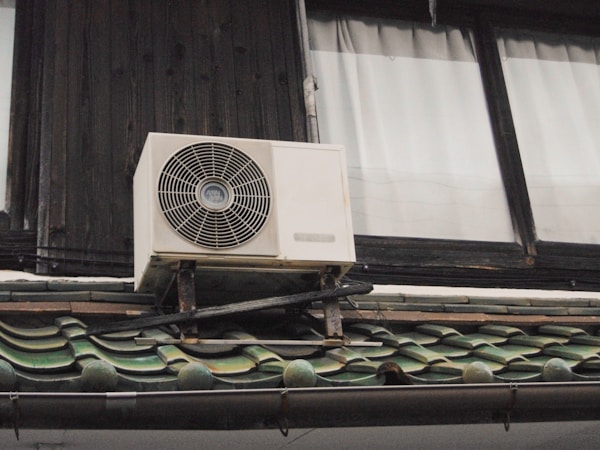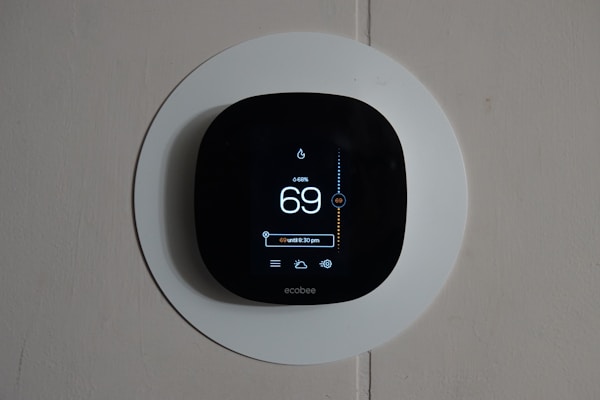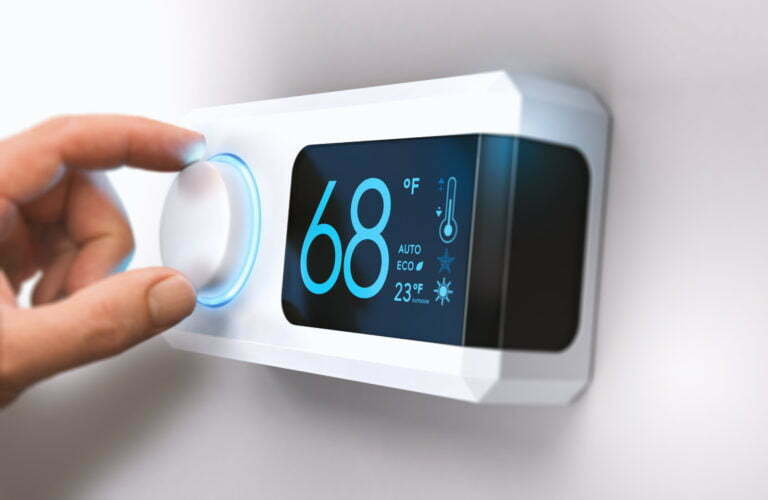Your HVAC system is one of the most important parts of your home. Not only does it keep you comfortable all year long, but it also plays a major role in your home’s energy efficiency. That’s why it’s so crucial to choose the right HVAC system for your home and be proactive about maintaining it. With so many types of systems available, it’s understandable if you feel overwhelmed or don’t know where to start. Fortunately, there are resources available to teach you everything you need to know. If you want to learn more, keep reading to find out about the differences between dual-zone and single-zone HVAC systems so you can decide which one is best for you.
Should you choose a dual-zone or single-zone heating and cooling system?

Two of the most common types of HVAC systems that homeowners use are dual-zone and single-zone systems. A dual-zone system splits your home into two separate zones, each with its own thermostat. This allows you to customize the temperature in each area independently, so you can keep the living room cool while keeping the bedroom warm. A single-zone system controls the temperature of your entire home from a single thermostat. A quick search for “dual zone hvac vs. single zone” will teach you more about the pros and cons of these systems, but we’ll go over the basics here.
If you have a large home with several areas that have individual heating and cooling needs, then a dual-zone system is likely a better option for you than a single-zone system. A dual-zone HVAC system is typically used to differentiate between the living area and the bedroom. This allows you to set different temperatures for each area, which can save energy and improve comfort. For example, you could have the living room cooler while keeping the bedroom at a comfortable temperature.
A single zone cooling system can be more cost-effective and efficient. A single zone system circulates cool air throughout a single area, which means you don’t have to waste energy cooling unused spaces. Additionally, a single zone system is easy to operate and maintain. Still, it doesn’t offer the same whole-house cooling power as a dual zone system.
How else can you maintain your preferred temperature at home?

Choosing the right HVAC system needs to be a top priority for every homeowner, but there are other steps you can take that will keep your home temperate and make your heating and cooling system more effective. For example, you could consider upgrading to a smart thermostat. They can be programmed to automatically adjust the temperature based on your schedule and preferences, which can reduce your energy usage and save money. Some models can provide insight into your energy habits so you can optimize them to be as eco-friendly as possible.
If you’re experiencing inconsistent temperatures at home, you might need to update your insulation too. The best way to insulate your home is by using insulation materials like fiberglass, mineral wool, or cellulose. These materials are installed in the walls, ceilings, and attic of your property. Talk to an experienced contractor and they can tell you which type of insulation is best suited for your home. Just make sure to have it installed by a professional, as improperly installed insulation can actually end up doing more harm than good.
As a homeowner, you always want what’s best for your home. That includes finding the right HVAC system to meet your needs. You can think about the specifics of your home environment, then talk to an HVAC technician to decide whether dual-size or single-zone heating and cooling is best for you. You can then make the entire system more efficient by upgrading to a smart thermostat. Just remember to check your insulation if you notice anything wrong, it may need to be updated. Follow the tips in this article and you can be sure that you and your family will be comfortable at home, no matter what the weather is like outside.




